
IDENTIFYING bumblebees isn’t all that easy because the queens, males and workers often have different markings and face colours. Size varies, too. The first bees to emerge from the nest are often tiny, but as the colony develops more food becomes available. As a result of more food, the size of the bees increases. I encountered both problems in the mid-1980s, when I tried to track red-tailed bumblebees (Bombus lapidarius) for a nationwide survey. The early workers were so tiny that I failed to identify them. I have learnt to ignore size and concentrate on the bands and tail markings instead.
Queen bees are the easiest of all to identify, and many of these large bees fly fairly slowly early in the year, because temperatures are low. Many warm themselves up on our south-facing front door and stone walls, so we get a good look. The first red-tailed queens emerge in March and they make nests in mouse holes, and there’s normally at least one nest in my garden. The workers appear from April onwards, and males and new females are seen from July to early October. These colourful bees are fond of annual blue cornflowers (Centaurea cyanus), so I always grow some in the garden just for them.
This story is from the May 15, 2021 edition of Amateur Gardening.
Start your 7-day Magzter GOLD free trial to access thousands of curated premium stories, and 8,500+ magazines and newspapers.
Already a subscriber ? Sign In
This story is from the May 15, 2021 edition of Amateur Gardening.
Start your 7-day Magzter GOLD free trial to access thousands of curated premium stories, and 8,500+ magazines and newspapers.
Already a subscriber? Sign In
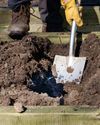
To dig or not to dig?
Should we be carrying out a full dig on plots now? Bob considers the pros and cons of the 'autumn dig' debate
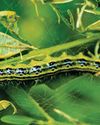
The box ball blues
As if his beleaguered box hadn't already taken a beating, Toby now has to deal with some hungry box caterpillars
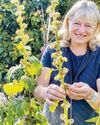
Save your own seeds
Masterclass on: seed saving
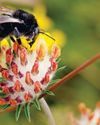
Strange sightings
Three unusual insects turn up in Val's garden in one day
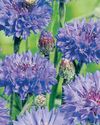
A bolt from the blue!
Cornflowers are perfect for garden and vase
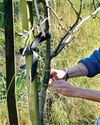
Winter moth prevention
Ruth shows you how to avoid maggoty tree fruits
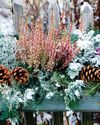
Create a winter container
There are as many options as in summer
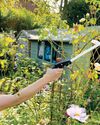
Lightweight gardening tools
AS well as being good for our mental health, gardening is also great exercise.

Autumn price round-up
AG finds better bargains in lesser-known brands
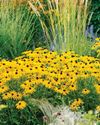
Rudbeckias
Rudbeckias are ideal for sunny summer patios and borders, with some able to survive our coldest winters